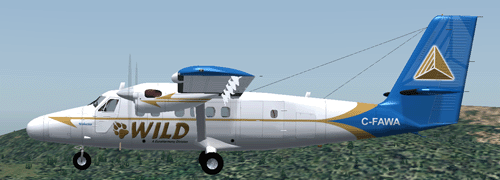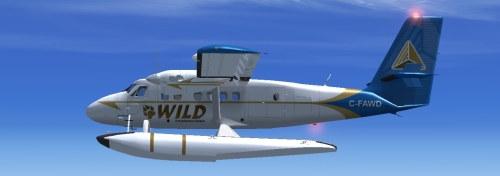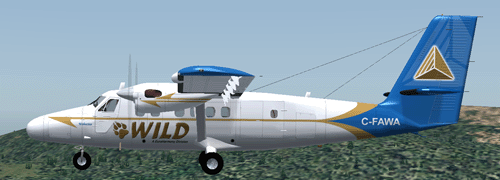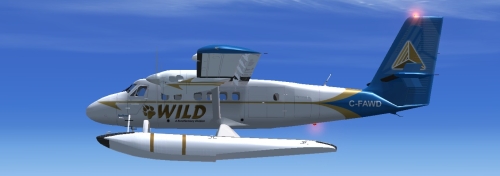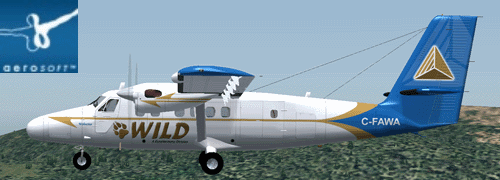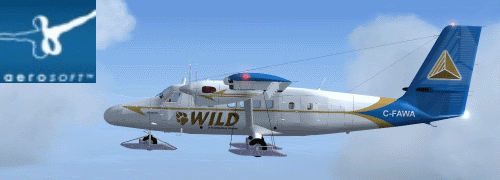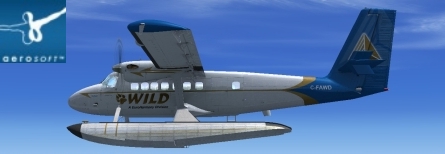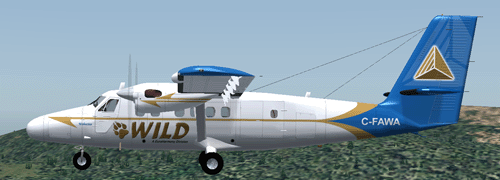
Friday 26th of December 2025
"Your World e-connection"
DHC-6 Twin Otter - WILD

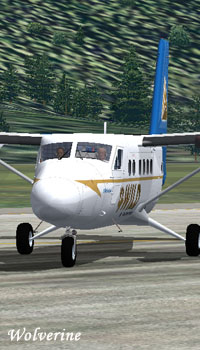
 Climb Chart |
 Descent Chart |
24 Operational
Pratt Whitney engines
700 nm range
19 pax, 300 lbs cargo capacity
Pratt Whitney engines
700 nm range
19 pax, 300 lbs cargo capacity
Still Canadas most successful commercial aircraft program with more than 800 built, the Twin Otter remains popular for its rugged construction and useful STOL performance. Development of the aircraft began in 1964, with the first flight on May 20, 1965. A twin-engined replacement for the single-engined Otter. To bush operators, the improved reliability of turboprop power and the improved performance of a twin-engined configuration made it an immediately popular alternative to the single engine, piston-powered Otter.
The WILD Twin Otter is actually the Series 300 variant, which was introduced from the 231st production aircraft in 1969. It too featured the lengthened nose, but also introduced more powerful engines, and higher takeoff weight. The aircraft was made by Premier Aircraft Design using Gmax.
|
|
|
| Length | 15.77 m |
| Wingspan | 19.81 m |
| Height | 5.94 m |
| Engine | PW PT6A-27 |
| Cruise Speed | 160 kts |
| Service Ceiling | 26,700 ft |
| Gross Weight | 6 t |
| Capacity | 19 pax | 300 lbs |
| Crew | 2 pilot 1 air-host |
| Price | 1.8M EUR |
| Manufacturer | Bombardier |
| Pictures | Airliners.net |
|
|
|
| OEW | 7,415 lbs |
| MTOW | 12,500 lbs |
| Fuel Capacity | 380 gal |
| Fuel Weight | 2,545 lbs |
| Long Range Altitude | FL200 |
| Long Range Speed | 150 kts |
| Max Speed | 180 kts |
| Range (MLoad...MFuel) | 700... 950 |
| Engine Thrust | 2 x 680 HP |
| Takeoff RWY Length (Min) | 700 ft |
| Takeoff RWY Length (Max) | 860 ft |
| Landing RWY Length | 600 ft |
| V Rotate / Flaps | 90kts / 20 deg |
| V Approach / Flaps | 98kts / 35 deg |
| Max climb rate | 2000 ft/min |
| Max descent rate | -2000 ft/min |


